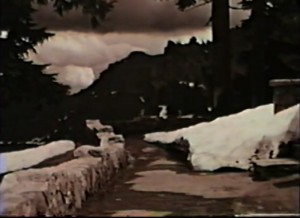
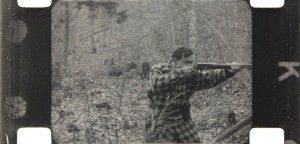
Thomas Archibald (Archie) Stewart
"Structured around a hunting trip to Maine made by Archie Stewart and Howard Kendall. The two men travel to Perry, Maine, from New York state by train, then drive a car to a lake where they transfer their luggage to a motor boat on Grand Lake Stream and ride through heavy fog on rough water to West Grand Lake. They then carry a canoe to Lower Sysladobsis Lake, load the canoe with their rifles and supplies, and paddle off. After reaching their camp along the lake's shore, they check their rifles and eat before hunting." oldfilm.org
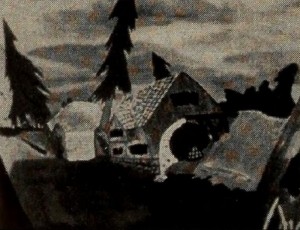
"That most difficult and painstaking of film forms known as animation also may be one of the most rewarding, especially when the result is as delightful as The Deserted Mill, by Irwin Lapointe. This film is, quite simply, a leisurely picturization of an old mill, with its placid stream and the animals, large and small, that live in and around it. Mr. Lapointe's art work is imaginative and his camera treatment of the material crisp and well paced. A stimulating musical accompaniment by Ferde Grofe complements the picture's mood and aids immeasurably in making this little film a rewarding one both to the filmer and to his future audiences — which should be legion." Movie Makers, Dec. 1953, 334.
"The film is credited to Evelyn, who captures her husband’s collecting habits of “everything and anything.” This time it happens to be driftwood. Title cards of dialogue are interspersed with images of John and Evelyn collecting driftwood along a Wisconsin beach." Chicago Film Archives
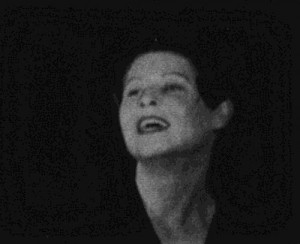
"A fantasy in which a writer relates a story about his walks along the seashore where he often meets a beautiful girl. She is quite strange, but beautiful, and they become good friends. There are lip-synch sequences where she tells him of her life, the rest he narrates in the first person. Elyra finally goes off, leaving behind a sea shell as a memento. In addition to an interesting story the film shows excellent technique, using montages, scenes of the sea, bottom, excellent editing. The Pizzos play the two parts in the story." PSA Journal, Nov. 1956, 22.
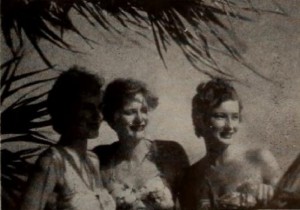
"Stretching for more than a thousand miles along Australia's northeastern coast stands the Great Barrier Reef, a vast agglomeration of tide-swept coral islands and islets. For mariners who have threaded their way through these perilous formations, they hold little of enchantment. But to Alfred T. Bartlett (who confines his camera to the Whitsunday group) they are such stuff as dreams are made on — and he has portrayed them thus in The Enchanted Isles. Mr. Bartlett's canvas is a rich one, comprising all of the classic elements of romance: the sun-drenched strand, the nodding palms, the lovely girls and, always and ever-present, the clean blue of the sky and the yet-deeper blue of the circumambient waters. He has painted these elements both in large, lush compositions and with observing attention to the minutiae of vibrant life around him. Even his colors (via the magic of the pola screen) are richly sensuous in their depth of saturation. An unabashedly romantic narrative ("Have you ever dreamed a secret dream?" is the opening line) rounds out this affectionate and interpretive travel study." Movie Makers, Dec. 1953, 333-334.
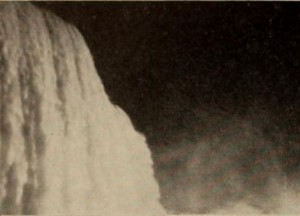
"Warren Doremus might have made in his Escape just one more film about Niagara Falls. But he did not. Instead, with unerring instinct, he has blended music (Wagner's Liebestod) with emotional imagery to produce a very nearly perfect small work of art. His secret seems to be great brevity and even greater selectivity. In a film as short as this, flaws show up more strongly than in longer works. Escape has its flaws, particularly in a series of opening scenes presumably supposed to set the mood before the film proper begins. To these reviewers these shots do not seem quite suited to the main theme, and lack of musical accompaniment makes them a bit pointless. But Escape survives as a fresh and moving treatment of a very old subject." Movie Makers, Dec. 1949, 453-454.
"The dependence of all living things on water. The physical properties of water; water as a habitat for such creatures as insects, birds, beavers, frogs; use and abuse of water resources by man." (BC Archives)
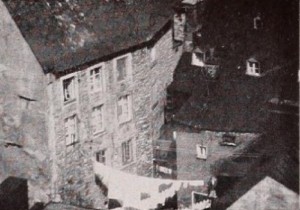
"A schoolboy in need of material for a geography theme launches Five Days From Home, as Dad gets out the movie projector and shows Son the cine harvest of his summer holiday. Among the points covered in a whirlwind auto trip from New York to Canada are Quebec City, Montmorency Falls, a Canadian pulpwood mill and Ausable Chasm, in New York State. Mannie Lovitch's handling of these subjects is always competent, occasionally excellent. His inquiring camera found many scenes of quaint charm in the old St. Lawrence city, and his full scale visual treatment of the pulp mill is sustained in interest by a superb bit of scoring with modern music by Virgil Thompson. Of especial note is Mr. Lovitch's mobile cross-cutting of the three to four themes which make up his coverage of the usually difficult Ausable Chasm." Movie Makers, Dec. 1948, 493.
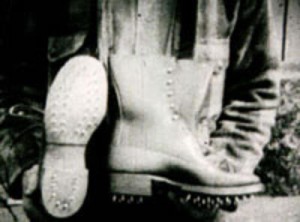
"Depicts the year-round activities of the Machias Lumber Company on the Machias River in Washington County, Maine. Includes scenes of winter logging in the forest with hand tools and horses, as well as the spring log drive, with loggers using peaveys to break up log jams on icy rivers as the logs are moved from the forest to the mill. Includes footage of lumber loaded onto schooners in Machias for transport to New York and schooner being towed to sea by sardine boat." oldfilm.org
Total Pages: 11